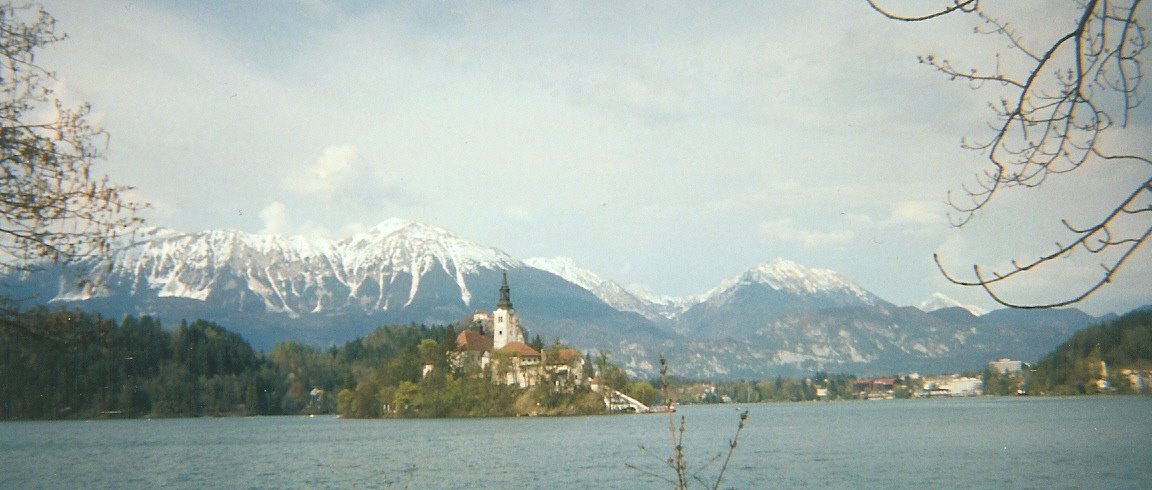Slovene History and Language. The Veneti?
Weeding out political interference and other peoples' nationalism.
Linguistics. Examine connections between Sanskrit and Slovene, for example, and figure out when the two branches merged. Can it be done? Some sites claim that the Slovenes are South Slavic in language. See http://www.khazaria.com/genetics/slovenians.html.
- For Slovenes, this is a disparagement. Slavs have been seen as somehow less than Indo-Europeans see the debate about origins, in the book, Veneti: First Builders of European Community, Tracing the History and Language of Early Ancestors of Slovenes by Dr. Jožko Šavli, Matej Bor, and Ivan Tomažič in 1988. Who are they? A professor, a linguist and a priest. See this review of History of the Slovenes in Europe by Anton Skerbinc, at http://www.dangel.net/SLOVENIA/Veneti.html
The view at History of the Slovenes in Europe is different. The claim there is that the Slovenes are not South Slavs coming to the area in the 6th Century, thus mere interlopers and not indigenous, as had been argued (largely for reasons of nationalism?). As interlopers, they could be subject to forced assimilation.
Instead, they are West Slavs, related to the Urnfield people of Central Europe, Venetic, descended from the earliest known people there, with a long, long history, see site. In 2000 BCE, the languages of the Slovenes (indigenous Slavic), and the language of the later-arriving Indo-Europeans merged.
Now turn to The Linguistic Roots of Europe, Origin and Development of European Languages, ed. Robert Mailhammer et al, (2015), and find a resolution: There is a mix of influences despite the greater numbers of Slavs and others' adoption of their language. Meet the Finnic language speakers, and the Norse. The topic arises not only for Slovenia, but in what is now Russia. Find a "symbiotic relationship" among the Norse, who were the elite and spoke, yes, Norse; the Chuds in the Novgorod-Pskov area (who spoke Finnic, perhaps now South Estonian) and the Slovenes who both were the "people", spoke Slavic). See page 92.
The traces of earlier languages remain. Language roots can indeed provide clues to history. The history of any people is impacted by later barrages of nationalism or other rewrites of history, however, to suit some self-image. So history as taught becomes one with ideology. What are students taught in Slovenia? There is a strong effort to Slavicize Russian history, apparently. Has it spread. Look at this video of expansion of the Slavs, at https://www.youtube.com/watch?v=RgXnXm5xiW0. The assumption is that numbers and language mean dominant influence, and that is not so. Who made this video? It looks Slavic motivational, which would be fine if disclosed.
1. Flaws in generalizing. A dominant influence can come from an elite group, not the masses who outnumber them; rulers from another group such as the Scandinavian Rurikids ruling the Slavs among the Rus from 862-1598, a matter not addressed by the pretty colors here. Slovenes were numerous but did not rule.
2. Narratives are split on the origins and impact Slavs. The problem remains that these kinds of simplistic color-coordinated displays show none of the population-cultural mixes that shaped the larger group, even dominated it. Linguistics is not domination. The point: Evidence is out there, but it is twisted and turns with nationalism driving out history and inserting whatever. I think we knew that before. Some researching comes up with no vast conclusions, just an appreciation for scholarship.

No comments:
Post a Comment